Many people think about their dietary intake, supplements they may need and training exercises to perform when starting out. Some opt for the easy exercises whilst others choose to go for more intense ones to build muscle faster so to speak. When strengthening the upper-body muscles it is important to consider two sets of exercises that give you a great workout: pull-ups and lat pull-downs. You have probably done some pull-ups recently but what about lat pull-downs? Which exercise is the best one for you? In this article we will be looking at pull-ups compared against lat pull-downs, highlighting the techniques used behind the exercises and their benefits.
To start things off, let us explore what pull-ups are, how to perform one and which muscles they help build.
Doing Pull-ups

Pull-ups are predominantly done to build muscle in your upper-body. They mainly stimulate your upper-back muscles, including your lats (latissimus muscles) as well as your abdominal muscles, see also our article about pull-up muscles. To do a pull-up simply grab the pull-up bar and pull upwards using your elbows whilst pushing your shoulder blades back. The idea is for your chest to reach the bar. Once this occurs you can go downwards in a controlled fashion, i.e. not letting go right away but staying in control of the movement. As with other exercises, keeping the tension going is important. Try not to relax things by cheating or just hanging from the bar in order to relax. Instead, take breaks after a repetition or series thereof. Pull-ups also stimulate your forearms as a lot of tension is put on your arm muscles while hanging or pulling up on the bar.
[product="P-00062"]
Lat Pull-downs
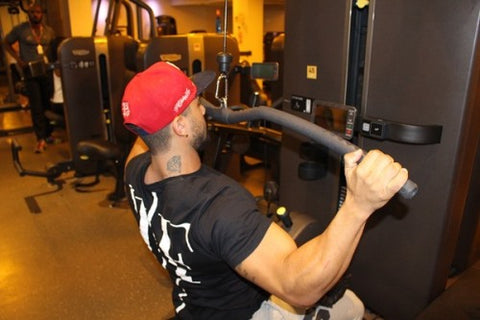
Lat pull-downs on the other hand also stimulate your upper-body muscles. It has been often remarked that one needs to use the right form and technique when carrying out this exercise. The following is a brief description on this:
First, start by grabbing the handle bar with a handgrip and sit in an upright position. While sitting down, start the exercise by pulling the bar downwards towards your chest. As you do this, try using your elbows instead of your hands, i.e. let the tension sit more in your elbows. Once you reach the maximum pull, return the bar to the top without strengthening your arms all the way (this helps to keep the build-up tension going). As a starting point it is recommended to use weights based on half your own bodyweight.
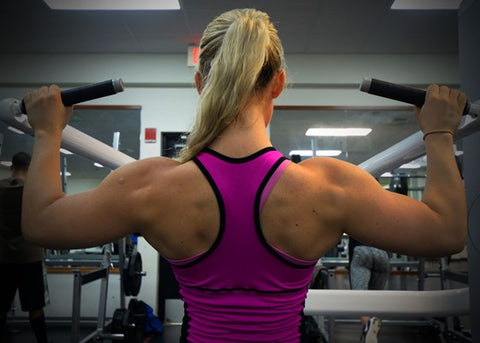
As may be evident, doing lat pull-downs help you build several muscles. First up are the so-called ‘latissimus’ muscles that are located on the sides of your rib cage. These muscles contract when you pull down on the handle bar and stretch out when you release the hold of the bar. Training the lat muscles will give you more upper-body strength and is a great exercise for building a robust looking back.
Second, doing pull-downs will also put a strain on your upper-arms (your biceps in particular). These tend to get worked up more with close-ranged grips as opposed to wide-range grips on the handle bar. Third, it should not be a surprise to hear that pull-downs help you build your shoulder muscles considerably. The main shoulder muscle affected is the posterior deltoid at the back of the shoulder. The rotor cuff muscle group is also stimulated by this exercise.
Which Exercise is Better?

In general, pull-ups tend to be best for improving strength relative to pull-downs. Whether you are a full-blown bodybuilder or a complete beginner, lat pull-downs work great whereas pull-up exercises help you improve your overall strength. A big difference between pull-ups and lat pull-downs is weight. With pull-ups you are stuck in your weight due to your bodyweight being the only weight that is being lifted by you. Tough you can add more weight through a belt or weight vest, it is not possible to immediately lower the weight being pulled up (unless you use a pull-up band).
Check out our pull-up bands:
[product="P-00095"]
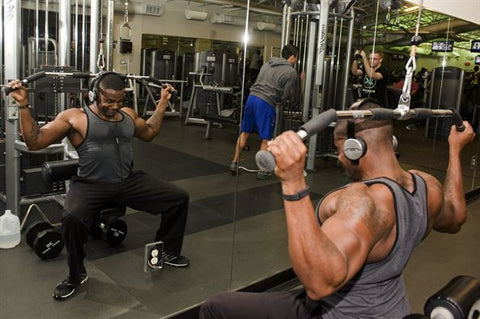
Lat pull-downs on the other hand give you more flexibility in the amount of weight being pulled down by just adjusting the weight stack instead of having to physically lose or gain weight. However, doing pull-downs requires the availability of the right exercising equipment, which are not always easily available. Pull-ups on the other hand can be done without equipment or with intuitive tools such as our very own Pull-up Bar. Lastly, a small difference between pull-ups and lat pull-downs is that your core muscles get contracted as you keep your torso steady during pull-up exercises. This however is not the case with lat pull-downs as the muscles are more relaxed due to being stationed on the equipment.
Overall, starting off with pull-ups will help you build strength more and should be a goal for any beginner. Many see pull-downs as an alternative to pull-up exercises but you would get more benefits strength-wise by ‘dealing with the beast’ right off the bat. One could argue that it is easier to simply sit there on the exercise equipment and just pull down on the bar. However, taking on a bigger challenge by enduring ‘harsh’ pull-up exercises may result in a more robust development over time. Doing pull-ups forces you to be able to control your body and perform strength exercises at a higher level. Not only is the muscle tension higher when compared to lat pull-down exercises, but you also have much greater flexibility as to where you do pull-ups. Be it at the beach, at home, the local gym or on the streets somewhere, all you need is the proper support structure to start training. This works well for people who like changing their training environment instead of rotating gyms for example.
Nonetheless, sometimes the solution to making choices is combining a bit of both worlds. If you are looking to increase the strength in your back muscles whilst working on your biceps and abs, it is highly recommended to do a combination training of both pull-ups and pull-downs. Just make sure you take proper breaks during these two exercises as they both stimulate similar muscle groups in your upper-body!
Are you looking for a suitable pull-up bar? We at Pullup & Dip offer you various high quality and unique pull-up bars. Go check them out now!
Recommended articles:
How to achieve 20 pull-ups in a row - 7 tips
Pull-Ups VS Chin-Ups: How Are They Different and Which is Better?
 Other Equipment
Other Equipment
 Gripping Aids
Gripping Aids
 Bandages
Bandages
 Tapes
Tapes
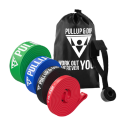
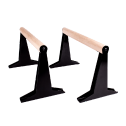
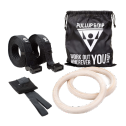



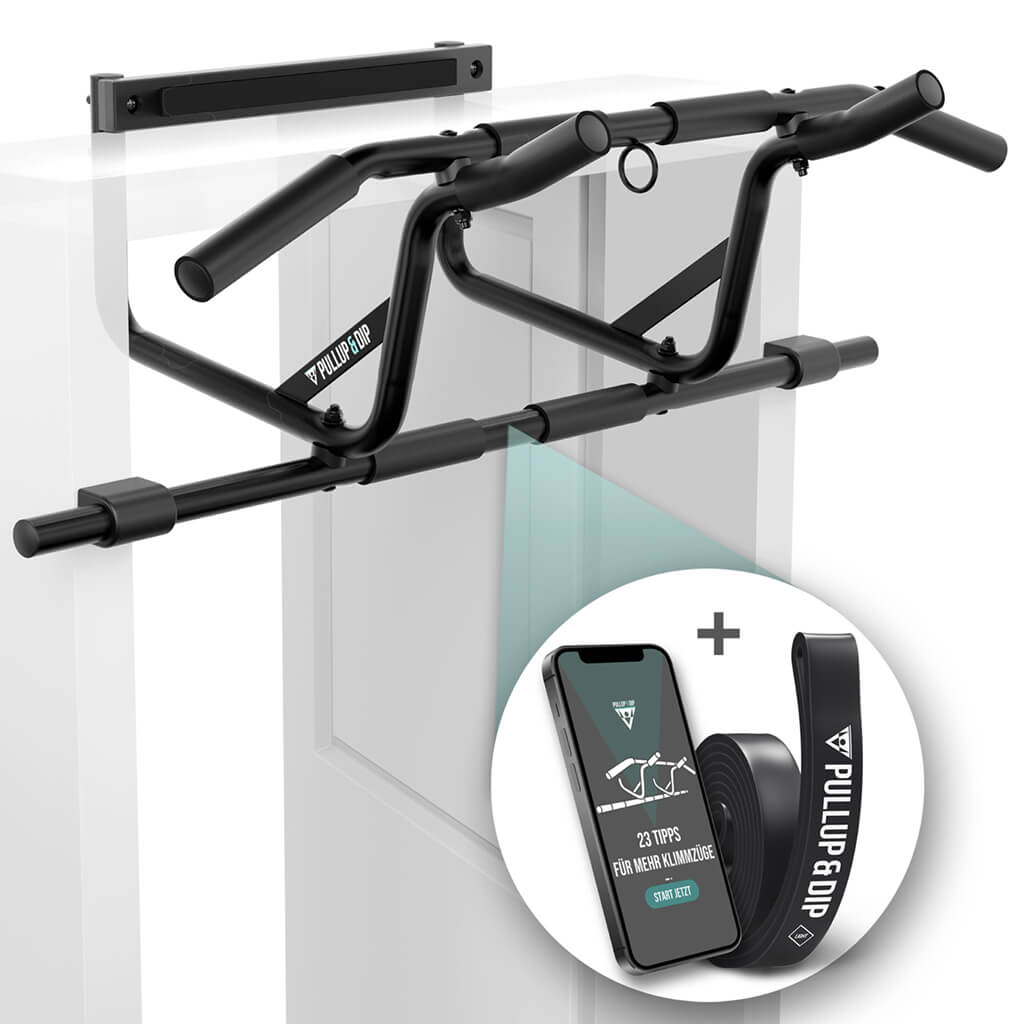
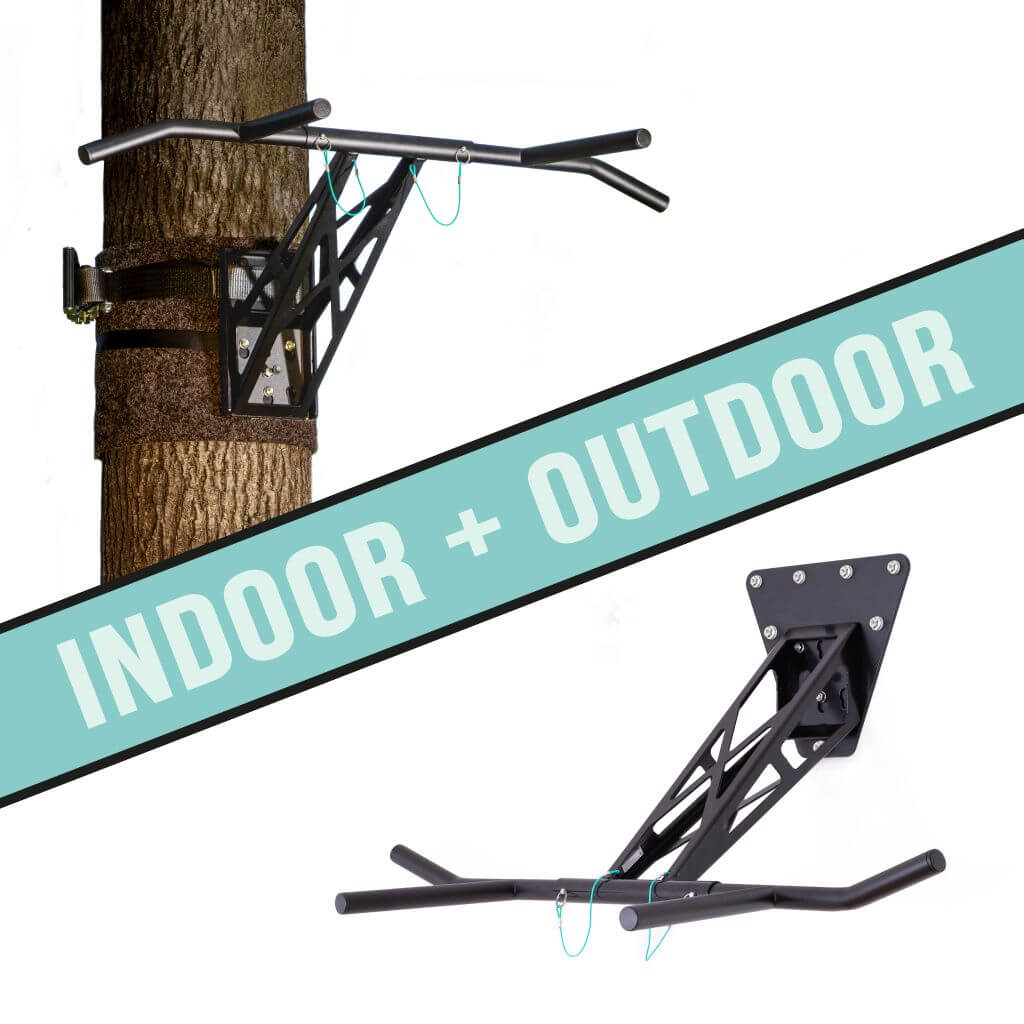
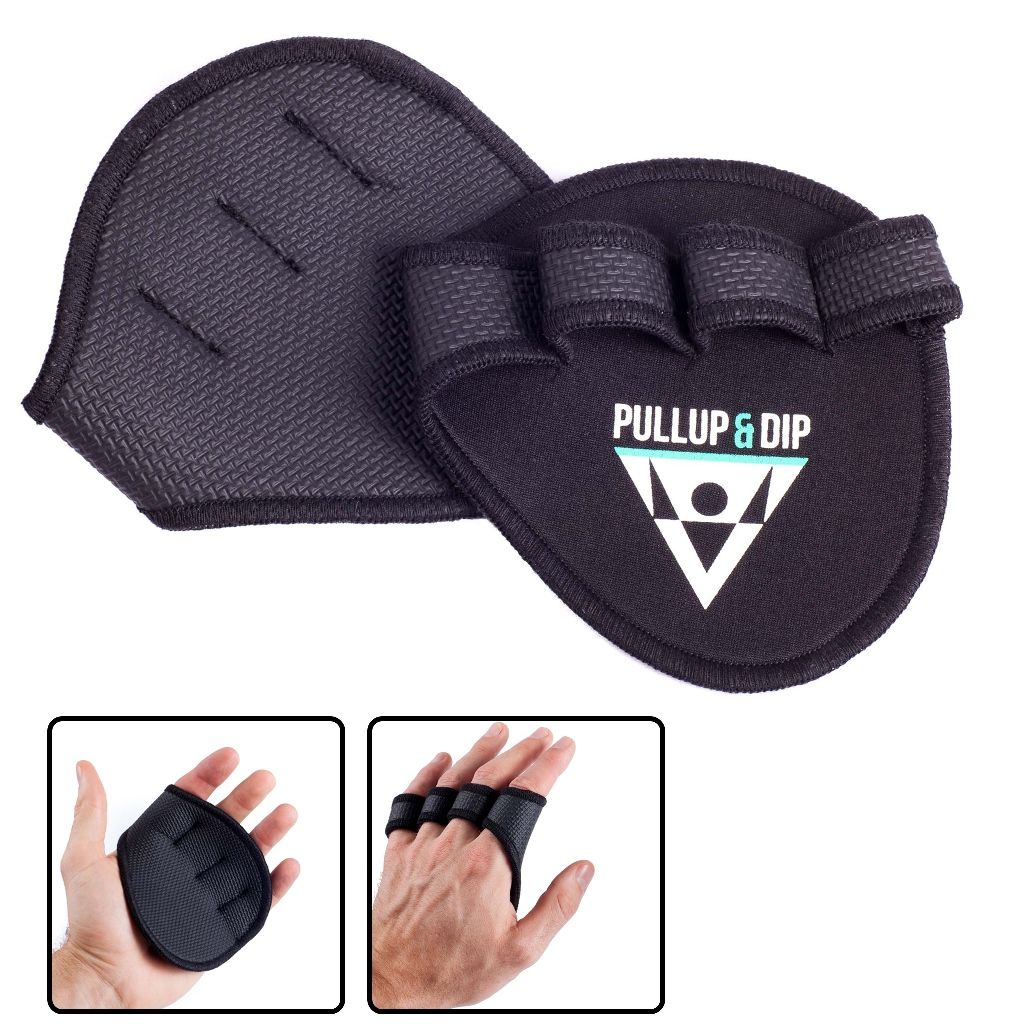
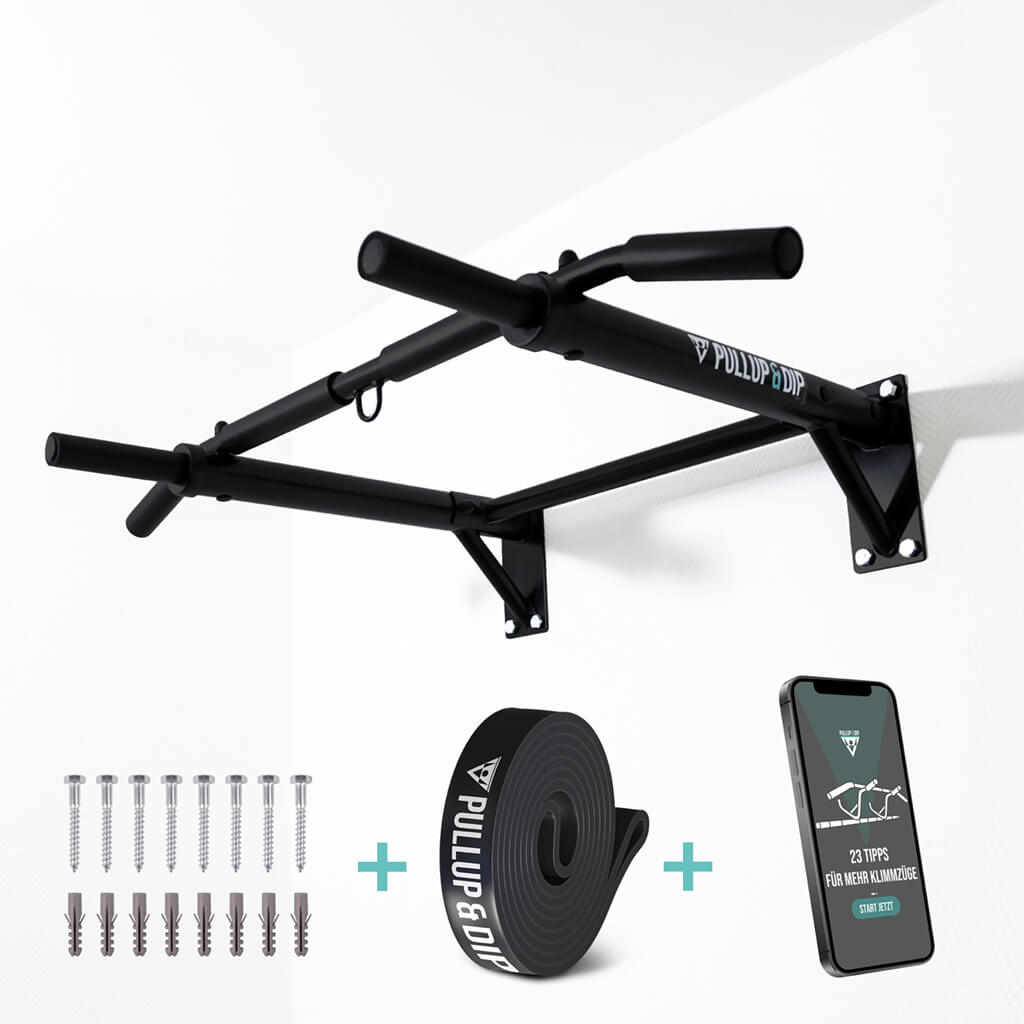
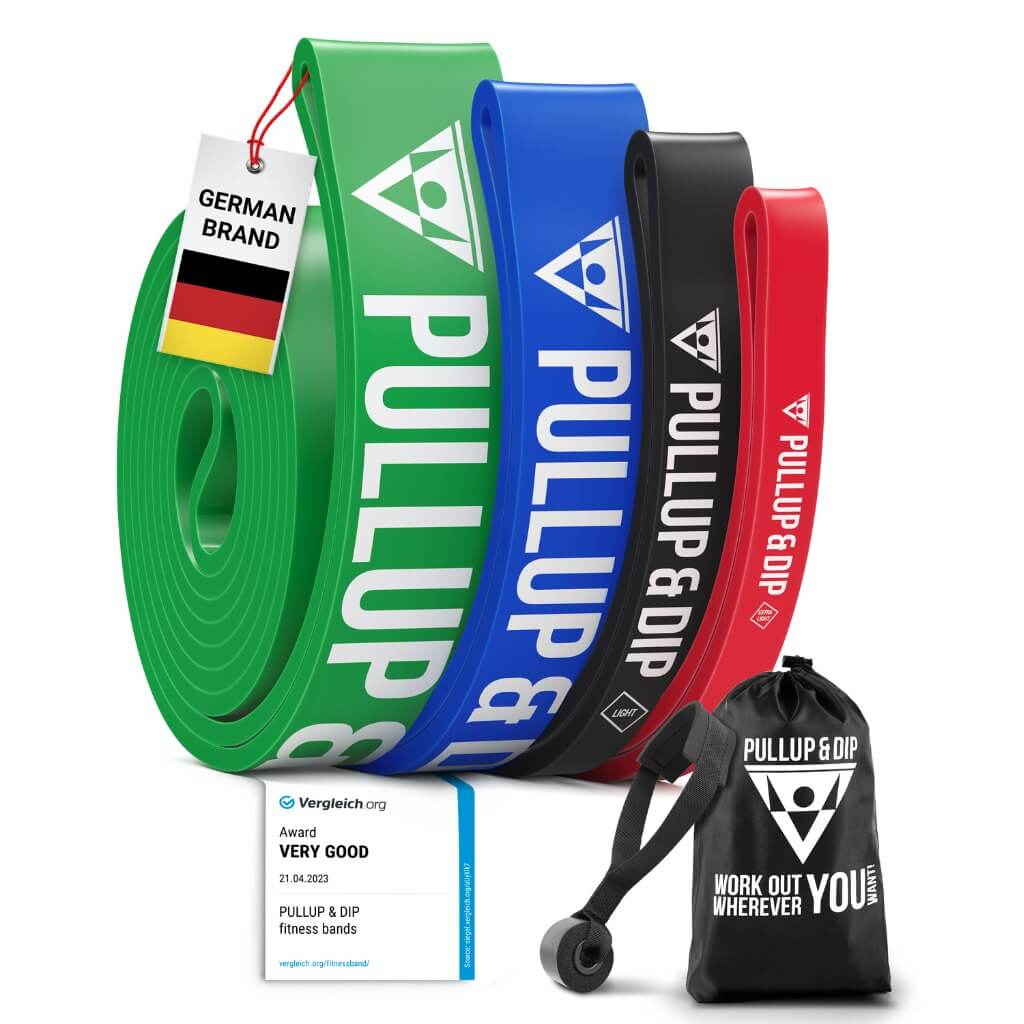
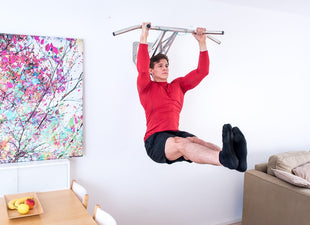
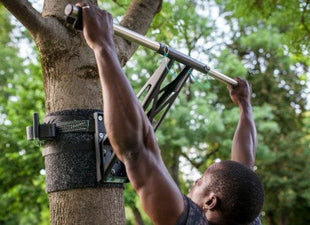

1 comment
Steele
Beginning pull-ups
Beginning pull-ups